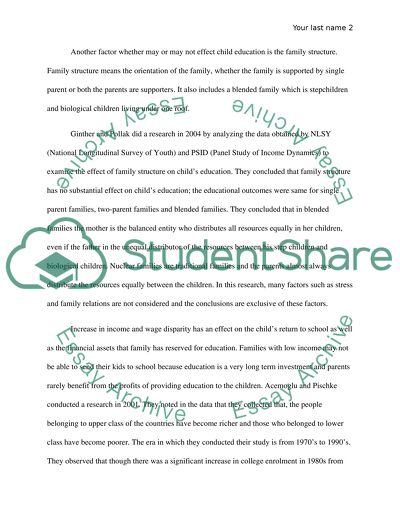The affect of income and family structure on child education in the Annotated Bibliography. Retrieved from https://studentshare.org/family-consumer-science/1678948-the-affect-of-income-and-family-structure-on-child-education-in-the-united-states-between-2000-and-2014
The Affect of Income and Family Structure on Child Education in the Annotated Bibliography. https://studentshare.org/family-consumer-science/1678948-the-affect-of-income-and-family-structure-on-child-education-in-the-united-states-between-2000-and-2014.


